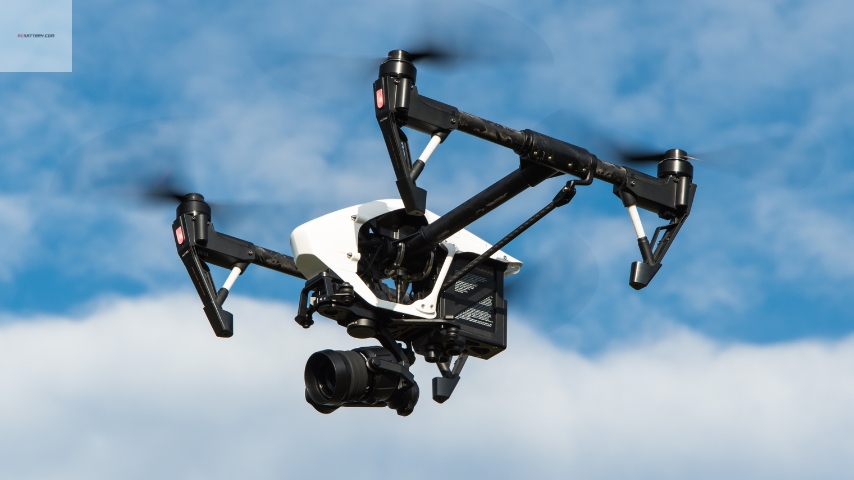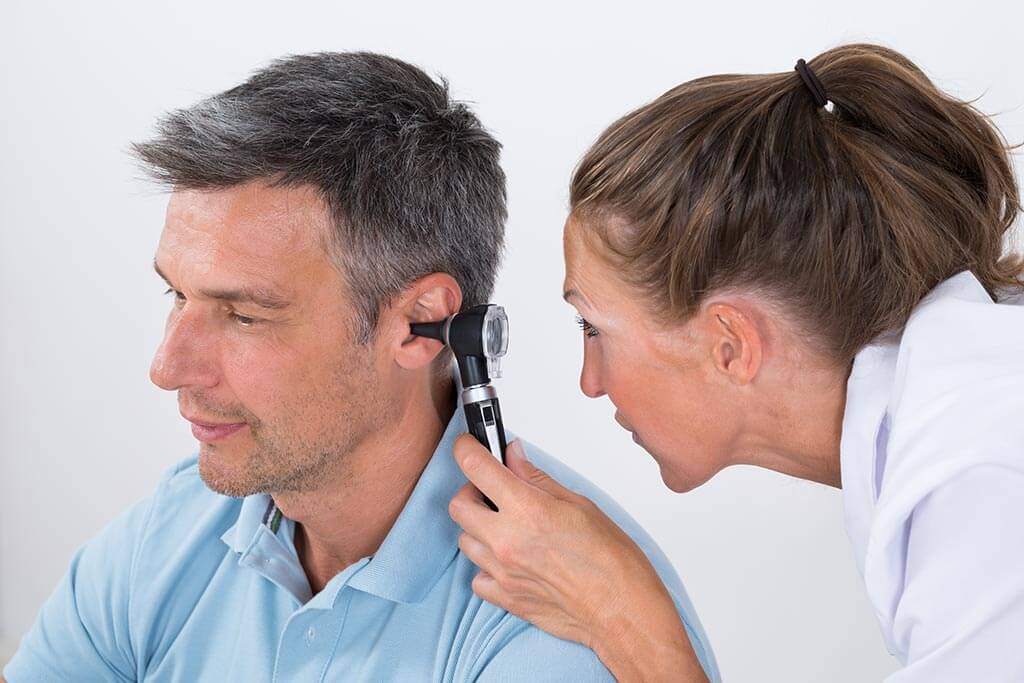Drones are more popular than ever, from casual photography to professional filmmaking and surveying. But as advanced as drones have become, one component remains critical and sensitive—batteries. Proper maintenance and storage of drone batteries are essential to ensure they last long, remain safe, and perform at their best. This guide walks you through the best practices for maintaining and storing batteries for drones, so your drone is always ready for flight.
Understanding Drone Battery Types
Types of Drone Batteries
The most common drone batteries include:
- Lithium Polymer (LiPo): Known for high energy density and lightweight, LiPo batteries are the most widely used in drones.
- Lithium-Ion (Li-ion): While heavier than LiPo batteries, they offer stability and a longer life cycle.
- Nickel-Metal Hydride (NiMH): These are less common but found in some older models due to their durability and lower sensitivity to temperature.
Why LiPo Batteries Dominate
LiPo batteries are preferred for drones due to their high energy density and lightweight build, offering longer flight times. However, they are sensitive to environmental conditions, charging protocols, and require careful handling to avoid damage, making proper maintenance essential.
Why Battery Maintenance is Essential for Drone Longevity
Impact on Drone Performance
Drone batteries directly influence performance. A well-maintained battery ensures consistent power output, which is crucial for achieving optimal flight time and avoiding sudden drops in power.
Safety Concerns with Poor Maintenance
Without regular maintenance, drone batteries can develop issues like swelling, leaking, or even catching fire. These issues can put both your drone and your safety at risk, underscoring the importance of careful battery care.
Charging Best Practices for Drone Batteries
Optimal Charging Process
Using a charger specifically designed for your drone’s battery type is crucial. Avoid charging batteries to 100% for extended storage. A general rule of thumb is to charge them just before flying and avoid overcharging, as this degrades the battery cells over time.
Temperature Considerations During Charging
Charging should be done within the optimal temperature range of 15°C to 30°C (59°F to 86°F). Charging in cold conditions can cause internal damage, while hot temperatures can lead to battery swelling or fire risks.
Avoiding Full Discharge
Fully discharging LiPo batteries can permanently damage the cells, reducing their ability to hold a charge. Instead, recharge the battery when it reaches around 20-30% capacity, which helps prolong its life.
Using Smart Chargers
Smart chargers automatically monitor voltage levels and can prevent overcharging by adjusting output as needed. Investing in a quality smart charger is a good way to maintain safe charging conditions, particularly for sensitive LiPo batteries.
Storing Drone Batteries Properly
Ideal Storage Conditions
To store drone batteries for long periods, keep them in a cool, dry place, ideally around 50-60°F (10-15°C). Avoid exposing them to high humidity or direct sunlight, which can lead to degradation or dangerous conditions like swelling and leaking.
Storing Battery Levels
Before storing your battery for extended periods, ensure it’s at about 50% charge. Storing LiPo batteries fully charged or completely discharged can cause long-term damage to the cells, reducing their capacity.
Tips for Safe Storage
For added safety, use fireproof bags or containers to store batteries, particularly if you’re storing multiple batteries in one location. These cases can contain fires if a battery short circuits and provide peace of mind when storing high-energy batteries like LiPo.
Daily and Long-Term Maintenance Tips
Regular Inspection and Cleaning
Before each flight, inspect your battery for any visible signs of damage, such as swelling or leaks. Additionally, keep the battery terminals clean to prevent power loss during flights. Use a soft, dry cloth to remove dust or debris.
Battery Cycling for Longevity
Cycling a battery—fully discharging and then recharging it periodically—helps maintain capacity in some types of batteries. However, avoid doing this frequently with LiPo batteries, as it may reduce their lifespan. Once every few months should be sufficient.
When to Replace a Battery
If a battery shows signs of significant wear, like drastically reduced flight time, it’s likely time for a replacement. Continuing to use a compromised battery is risky and can cause power drops, endangering your drone and safety.
Traveling with Drone Batteries
Regulations for Air Travel
Airlines generally allow LiPo batteries in carry-on luggage but have restrictions on size and quantity. Follow your airline’s specific rules to ensure compliance and safe travel. Many carriers require batteries to be stored in fireproof bags and prohibit them in checked baggage.
Preventing Battery Swelling Due to Altitude Changes
Altitude changes can cause pressure on LiPo batteries, leading to swelling. Store them in fireproof bags and avoid full charge during travel to minimize risks. Always handle batteries with care and inspect them post-travel for any signs of damage.
Common Drone Battery Mistakes to Avoid
Overcharging or Leaving Batteries Unattended
Leaving a battery on the charger for too long can cause overheating or degrade its cells. Always supervise the charging process and unplug once it reaches the desired charge level.
Using Generic Chargers or Adapters
Each battery type requires specific charging equipment. Using incompatible chargers can lead to voltage mismatches, damaging your battery and possibly voiding your warranty. Always use chargers recommended by the manufacturer.
Ignoring Early Signs of Damage
If a battery shows swelling, leaking, or unusually short flight times, discontinue use immediately. Attempting to fly with a damaged battery increases risks of malfunction and may even result in a fire.
Conclusion
Maintaining and storing drone batteries may seem like a small task, but it has a big impact on drone performance, safety, and battery life. By following the best practices outlined here, you’ll ensure your batteries remain in good condition, providing reliable power for your flights. Remember, investing time in battery maintenance not only prolongs battery life but also protects your drone and enhances safety.
FAQs
1. How long should I charge my drone battery?
Charging times vary, but most LiPo drone batteries take 60-90 minutes. Avoid charging for longer than necessary and monitor the process.
2. What’s the best charge level for storing a LiPo battery?
Store LiPo batteries at around 50% charge to prevent cell degradation. Avoid storing at full or empty capacity.
3. How do I know if my drone battery is damaged?
Signs include swelling, leakage, excessive heat during charging, or a reduced flight time. If you notice any of these, replace the battery.
4. Can I use my phone charger to charge my drone battery?
No, using non-compatible chargers can overcharge or overheat your battery, posing a risk of damage or fire.
5. What’s the best way to store drone batteries for travel?
Use fireproof bags and store batteries in your carry-on luggage. Avoid storing in hot areas or near flammable materials.
6. Is it safe to use a swollen drone battery?
No, a swollen battery is a fire risk. Dispose of it properly and replace it immediately.
7. Do drone batteries need to be cycled regularly?
Cycling (fully discharging and recharging) helps maintain battery health but should only be done every few months for LiPo batteries.
8. What’s the ideal temperature for charging a drone battery?
Charge within 15°C to 30°C (59°F to 86°F) to prevent damage to cells and ensure safe charging.




